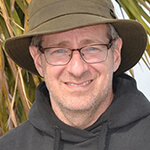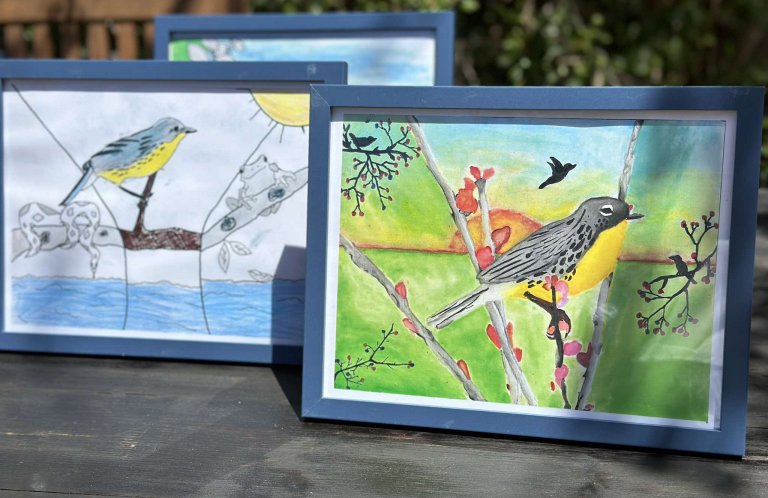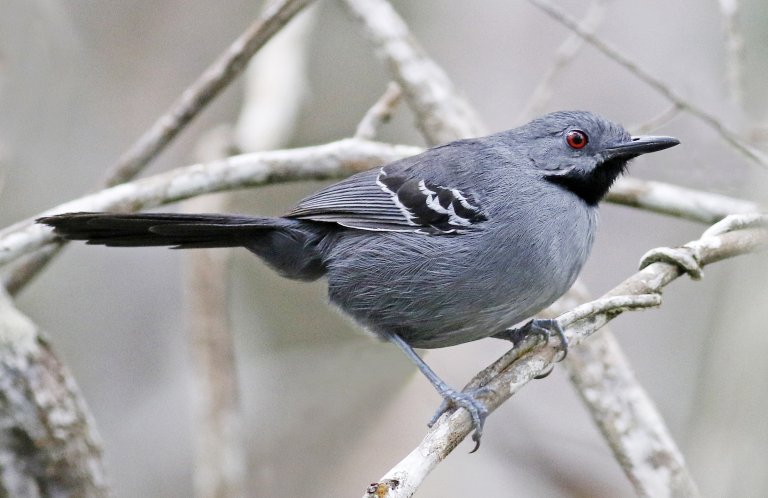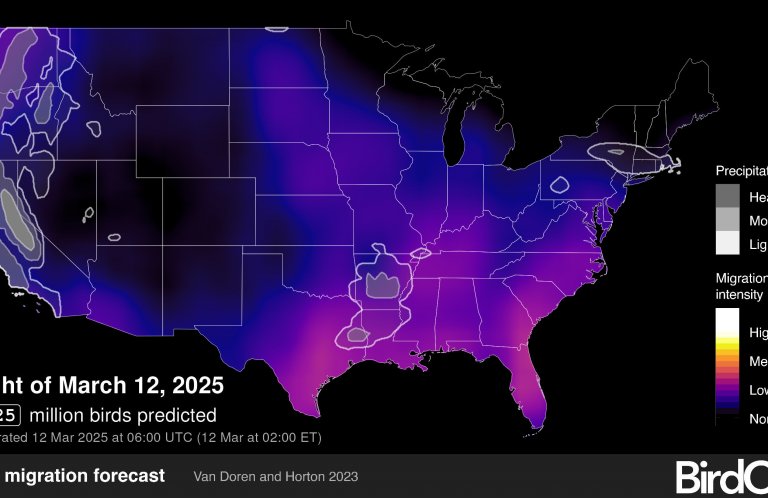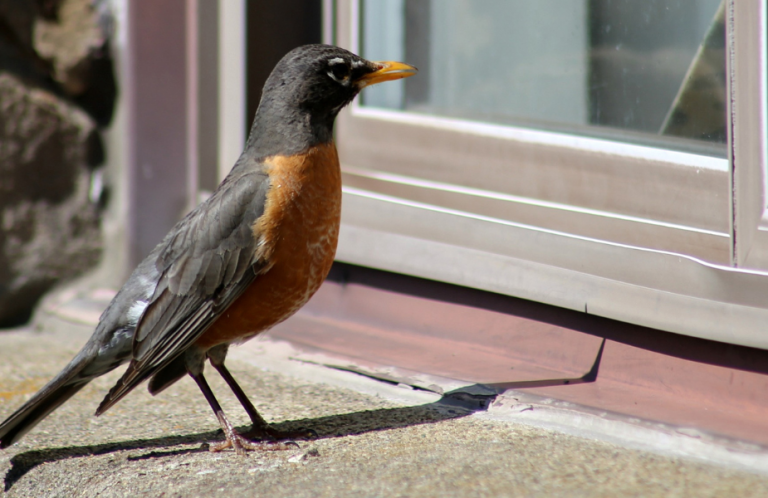Birds Mean Business in Ecuador's Andes
How winged creatures provide wonder, inspiration, and prosperity in one of the world's birdiest regions.
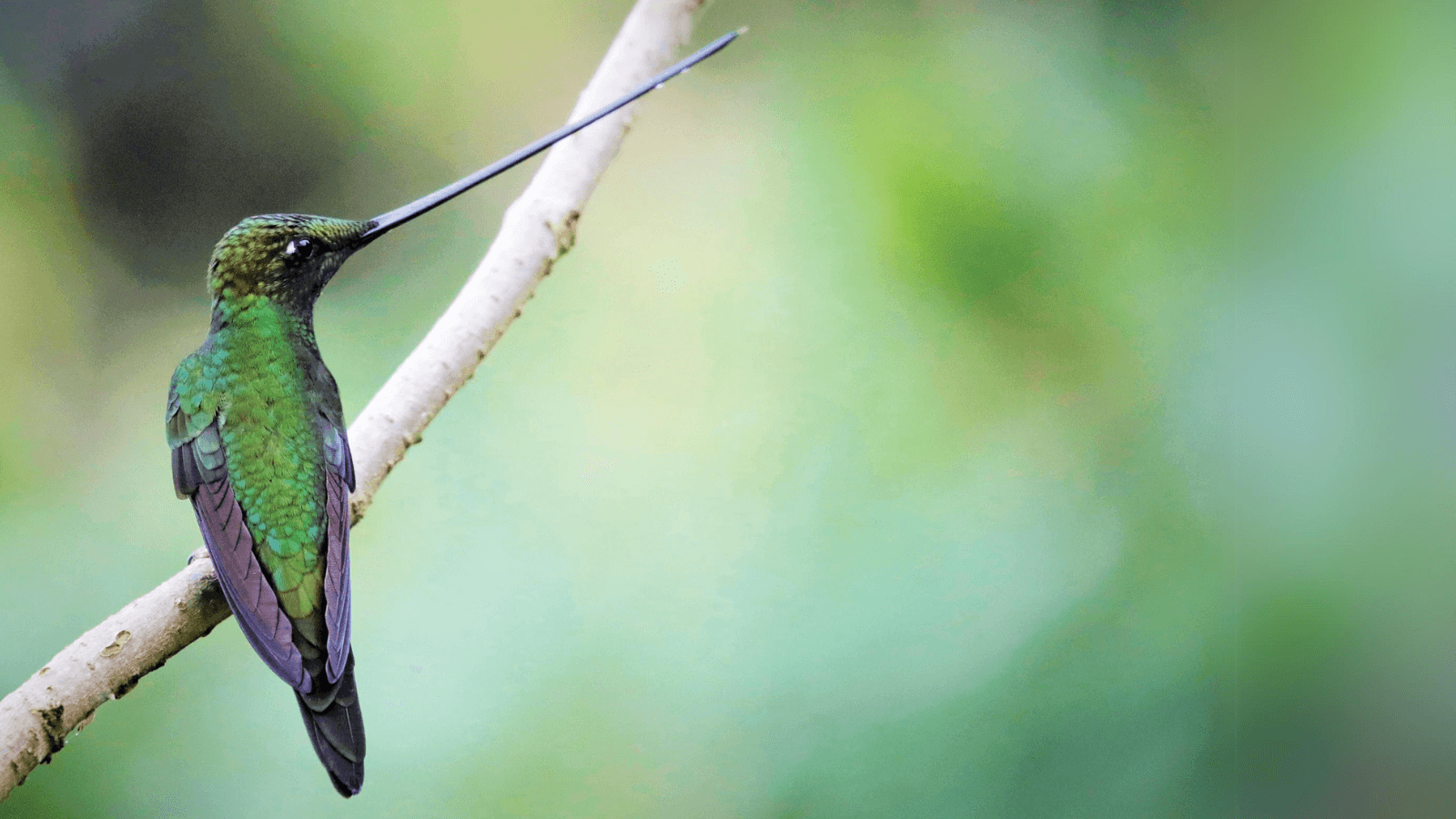
Straddling the Andes and equator in northern Ecuador, Pichincha Province resembles a jagged swift gliding east across the map. In an area smaller than Connecticut, the province hosts over 850 bird species — more than recorded across either of the world's two largest countries, Russia or Canada. The capital Quito sits at its heart, but another of Pichincha Province's crown jewels, the Mindo Region, lies nestled in subtropical cloud forest to the west, in an area now considered one of the world's top birding destinations.
There are many bird-rich places around the world, including others in the Andes. How did the rustic little town of Mindo come to rule the roost? It took the blending of a few key ingredients: a big dash of spectacular species, a dose of easy accessibility, and the X factor — a major, home-grown passion for birds. Mindo's recipe provides a top-flight model for other regions around the world, to cash in on bird tourism while deepening environmental awareness and bolstering conservation efforts.
The Road to Success
“I would say that 50 percent of Mindo's population is directly dedicated to [the business of] birdwatching,” says Vinicio Pérez, who has lived in the town 45 years, guiding professionally for 34 of those. Pérez estimates that the other half of the workforce is involved in other nature and adventure tourism (general guiding and ziplining, for example), farming, or small businesses in and around town.
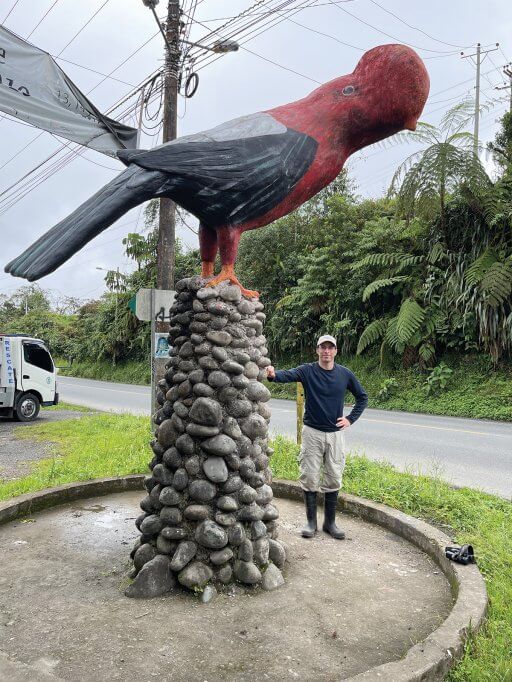
turnoff to the town of Mindo. Photo by Mike Parr.
It wasn't always that way, although a bond between Mindo's birds and people always existed. The area's birds, from high-elevation forests around the town of Nono down to foothill level in San Miguel de Los Bancos, became known to ornithologists starting in the 1800s and early 1900s, when Ecuadorian bird collectors were active there. Later, a road snaked west from Quito, navigating this region's forest-cloaked mountains on its way down toward the Pacific. This ribbon of road was a welcome mat for generations of small farmers, many of whom moved in and cleared patches of cloud forest for their homesteads.
Residents new and old knew their bird neighbors. Guans, pigeons, and some other large birds graced some dinner tables, while hummingbirds, the red-orange Andean Cock-of-the-rock, and a rainbow of tanager species dazzled residents and periodic visitors descending the highway from Quito.
Then, in the late 1980s, tourism to Ecuador's famed Galápagos Islands skyrocketed, and Mindo popped up as a mainland add-on to some international travel itineraries. After all, this cornucopia of birding bliss sat just a two-hour drive from the country's capital and airline hub. Visitors came looking for guides and some local farmers were happy to oblige.
Pérez recalls his first guiding experience at this time, when he was hired to take a few tourists around for a week in 1989. “Of course, then, I did not speak English,” he says, “and I did not know the names of birds in English, but I did know the songs and knew what bird and family I was seeing.”
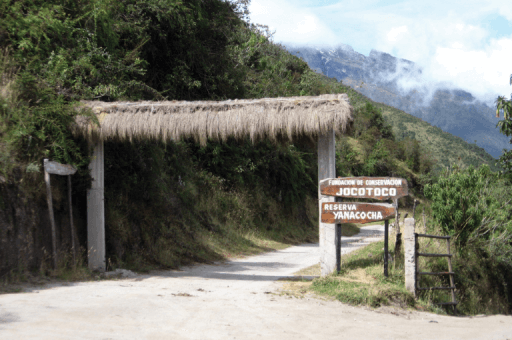
The job was a dream come true for Pérez. “I was born in San Miguel de Los Bancos, a town very close to Mindo. I lived there until 1978, the year that my parents and I moved to Mindo to live on a farm that my father bought. By that time, I was already very interested in birds,” he says. The year after he first guided, Pérez opened the second hotel in the town of Mindo, called Birdwatcher's House. “I started with three rooms and a shared bathroom,” he notes.
Julia Patiño, another veteran Mindo guide, had a similar start. She was born to the south, in El Oro Province, but moved to Mindo with her parents when she was five. She still lives there, and she and her cousins Natalia and Sandra are professional guides. “One of the main reasons why I started guiding in 1998 was because I liked nature, seeing the birds, looking at their colors, and listening to their songs,” Patiño explains. “All of this was very fun, and with that, being a guide became my job, a source of income for my family.”
Something to Count On
Mindo's guides came to lead a movement that has since spread. “It all started with the Christmas Bird Count,” says Patiño, who has worked on this voluntary effort for many years. “From there, we have helped to carry out bird counts in other parts of Ecuador, being leaders of routes and sharing our experiences,” she says. “Now, Ecuador has 30 bird counts.”
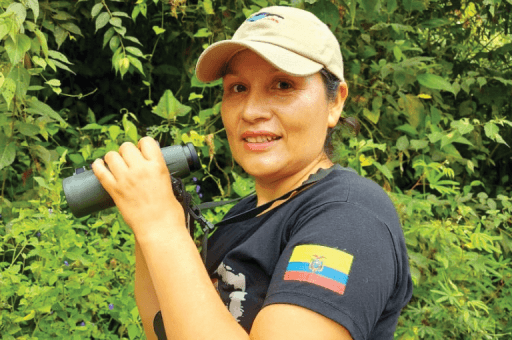
Annual Christmas Bird Counts (CBCs) started in the United States and Canada in 1900, when the Audubon Society established the winter bird tallies to counter traditional holiday bird hunts. Over the years, the number of counts grew, and they spread into South America. Ecuador's very first CBC took place in 1994 in the Mindo area, four years after Pérez's hotel opened. Then, a dozen birders racked up 250 species in and around town. Since then, the area's count has often been a chart-topper. For example, 134 participants in the “Nature Guides of Mindo” team tallied 389 bird species on December 18, 2021 — the highest of all 2,621 CBCs that year.
Two years after the first Mindo count, Guy M. Kirwan and Tim Marlow published an article in the journal Cotinga that provided the first full species inventory for the town of Mindo and areas within a half-day's hike — an important baseline list followed by guides and visitors. Of the 334 documented species, 41 percent were endemic to the Chocó ecoregion, which runs only from western Colombia to western Ecuador. (According to BirdLife International, at more than 50 species, the Chocó Endemic Bird Area, or EBA, “supports the largest number of restricted-range birds of any EBA in the Americas….”)
A map included in the article shows a far smaller town than exists today, with only a few trails known to birders, and with just one or two places to stay. But local guides were already busy leading birders through the misty cloud forest to find staples such as the Andean Cock-of-the-rock, Golden-headed Quetzal, Red-billed and Bronze-winged Parrots, and hummingbirds including the Velvet-purple Coronet, a gem of a bird near the southern edge of its small range.
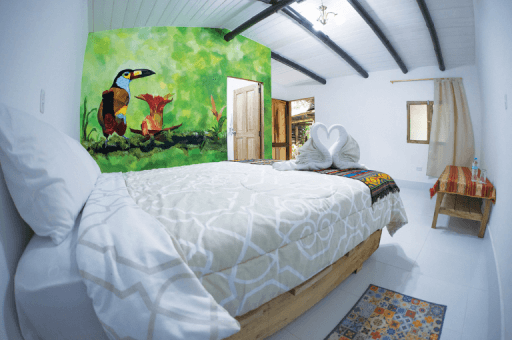
A few years after Patiño began guiding visitors, the definitive field guide to Ecuador's birds was published. More than 20 years in the making, The Birds of Ecuador by Robert S. Ridgely and Paul J. Greenfield, later translated into Spanish, was published with the “hope that the gradually increasing number of Ecuadorian nationals conducting research or simply going out to observe and enjoy birds will continue to increase.”
Many hotels incorporated birds and feeders as visible garden "fixtures," and local farmer Angel Paz pioneered a technique for “training” shy antpittas to hop from the forest cover to feed on offered worms. For more on Paz, see: abcbirds.org/AngelPaz
The Changing Nature of Things
Since stepping onto the birding world stage, the town of Mindo has almost tripled in population and crept past former boundaries. Pérez says the growth has at times been chaotic and poorly planned. He moved outside the town to a 42-acre property that now offers 11 rooms, each with a private bathroom, adjacent to the sprawling 48,000-acre Mindo-Nambillo Protected Forest. The growth certainly has its trade-offs, in increased traffic and building. But dozens of private reserves with lodging, like Pérez's, now sprinkle the region.

environmental concern in Ecuador. Photo by Mike Parr.
“Mindo and its surroundings continue with conservation and the care of the environment,” says Julia Patiño, “and I believe that the community of Mindo guides is kept strong by the passion for birds, conservation, and the care of the environment.” This enthusiasm and conservation ethic now echo far beyond the region. In Ecuador, visiting nature reserves is now a popular pursuit of domestic and international travelers alike.
“The perception towards nature and its conservation has changed drastically over the past 20-plus years,” says Martin Schaefer, CEO of Fundación Jocotoco, with whom ABC partners. Jocotoco has 16 reserves across Ecuador. One of the most popular is Yanacocha, which covers nearly 3,000 acres of high-elevation cloud forest and grass-and-shrub páramo almost overlooking Quito.
“People in Ecuador have become aware of environmental problems that they were unaware of previously, from climate change to pollution,” says Schaefer. “Many Quiteños come to visit Yanacocha these days, even in the absence of them being avid birders or hardcore naturalists, the typical crowd of 20 years ago,” he adds.
At Yanacocha, virtually all of the 6,000-plus annual visitors come face-to-face with at least a half-dozen hummingbird species as they stroll past feeders maintained along what was originally an Incan road. Many cross paths with the Sword-billed Hummingbird,
a freak of nature with a bill as long as its body — and a few have the great fortune to spy the Critically Endangered Black-breasted Puffleg, a tiny hummingbird that finds a last refuge at Yanacocha and its vicinity.
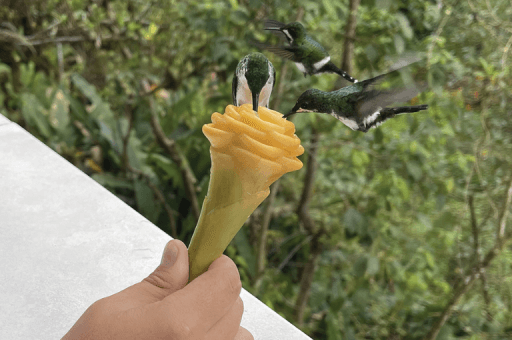
House. Photo by Mike Parr.
This reserve sits near one end of the original winding road from Quito to the Mindo area. Once flanked by a widening margin of cleared pastures and small farms, the Nono-Mindo Road, since the construction of a new highway a few decades ago, is far less travelled these days. It was along this road over 30 years ago that Richard and Gloria Parsons established the country's first registered Private Protected Area. The Bellavista Cloud Forest Reserve and Lodge spans 988 acres and, over the years, has been joined by other private reserves popping up along this road, which is now considered an “eco-route.”
Referring back to the example of the Mindo area, Schaefer reflects on how the snowball effect of nature tourism's popularity began humbly: “The changes in the Mindo/Los Bancos area really go back 30 years,” he says. “Back then, a number of committed people joined forces and converted Mindo into a hub for nature lovers. Crucially, this has always been a grassroots movement, rather than one being monopolized by a single institution.”
Positive Impacts
Birds are a major “crop” cultivated at the area's private reserves. Conserving — and restoring — habitat is key. Habitat brings birds, and birds delight visitors, many of whom return home with a growing appreciation of conservation efforts.
Not far west of Mindo, where the Pacific Slope descends to steamy foothill forest, the Mindo Cloudforest Foundation's (MCF's) Milpe Bird Sanctuary hosts a bounty of birds — including in areas that were, not too long ago, virtually bird-free pasture. I first visited Milpe in 2005, the year after its founding, and remember watching hummingbirds dart from the forest to feeders in a sun-stroked clearing. At the time, staff were removing dense patches of invasive pasture grass so they could plant young native trees there.
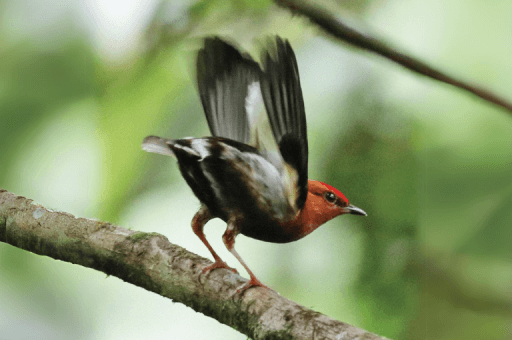
Five years later, I returned but could not find the feeder spot … until I realized the site was enveloped in full shade, beneath a canopy of young forest. Overhead, red-capped, round-bodied Club-winged Manakins competed for mates, vibrating their wings more than 100 times per second to produce a resonating sound: “Bik Bik BAAHT!” Like many birds there, this species is endemic to the Chocó ecoregion. MCF has other properties nearby, including the Santuario de Aves Río Silanche, where ABC funded the purchase of 210 acres to launch the reserve in 2006.
Visiting Yanacocha or Mindo or Milpe, you get the feeling you could spend a lifetime in this small area and unlock only a fraction of Pichincha Province's natural secrets. As the planet's amazing biodiversity faces ever-greater challenges, perhaps there's no better place to see how business and birds can help balance out the needs of humanity, while bringing us back to nature.
Partnership in Pichincha and Beyond
Ecuador ranks fifth in the world for total bird diversity, after the far-larger countries of Colombia, Peru, Brazil, and Indonesia. In all, this Colorado-sized nation boasts 1,670 species, many of them with small ranges. For 25 years, ABC and Fundación Jocotoco have worked together to save the country's bird bounty, especially its rarest species, from Great Green Macaws to Pale-headed Brushfinches. ABC has supported expansion, management, and habitat conservation and restoration efforts at Jocotoco reserves since that organization was founded in 1998. The partnership continues. Ongoing efforts to expand and improve conservation at Jocotoco's Río Canandé Reserve, where more than 400 bird species have been recorded, provides just one example of how the two organizations' time-tested collaboration benefits one of the most biologically diverse parts of the planet.
Birds Need You – Support ABC's Habitat is Home 1:1 Match Campaign!
Habitat loss remains the most significant reason for declining bird populations. However, with your support for urgent bird and habitat conservation efforts, there is hope for birds across the Americas.
Thanks to a dedicated group of supporters, American Bird Conservancy (ABC) is excited to announce a special Habitat is Home 1:1 Match Campaign, with a goal of raising $1 million for bird conservation by December 31. Your support today will go far in helping ABC reach this ambitious goal!
Your gift will be used for crucial conservation projects, empowering ABC to conserve bird habitats and combat daily threats to birds in the most effective ways possible. Together, we can do even more to save wild birds and their habitats, and reverse bird population trends from declining to thriving. Birds need you — please make your gift today and help ABC reach its ambitious $1 Million Habitat is Home 1:1 Match Campaign goal!





































